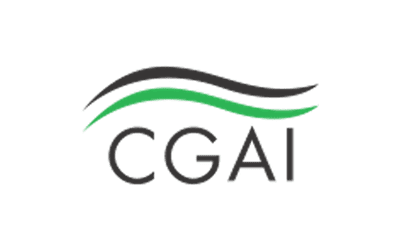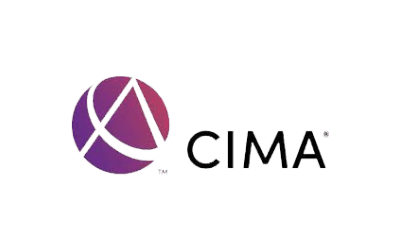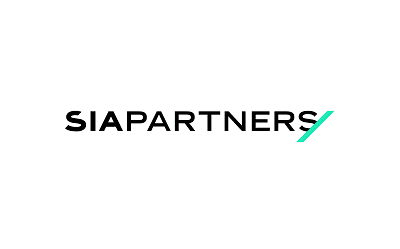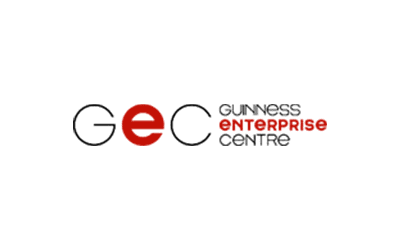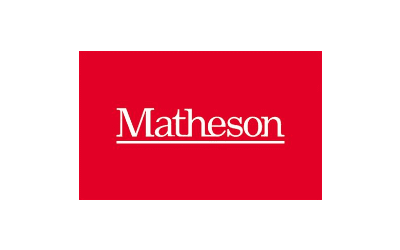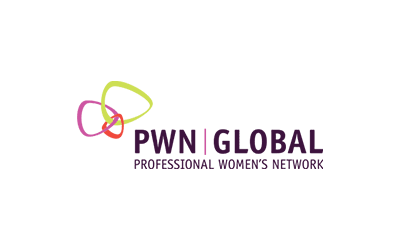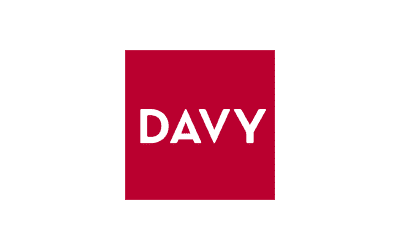Thursday 26th October, 2023
Towards Better Networking
Expert Nishtha Chugh provides valuable lessons on perfecting the often neglected art of networking.
Most people tend to treat networking events like fish markets. Armed with shiny business cards they move from table to table looking for the finest catch the place has to offer.
But what distinguishes networking events from fish markets is that the rules governing the former are closer to speed dating than piscine trading. Here, the fish has to like you back before you can take it home. And just like dating it starts with the first impression.
We have an innate human desire to impress others, whether at dates or networking events. This is rooted in our evolutionary need to forge strong connections with our peers. In pre-historic times being part of a group was fundamental to our survival as it protected us from predators and other threats. Two millennia later, success in career and social relations is the new definition of survival. We seek professional and social validation from our peers, and networking events are our new savannas.
The rationale behind strong and positive impressions may be driven by science but they can be purposefully delivered using the art of social skills.
Here are some strategies to help you network effectively.
The mic technique
Meeting strangers in a formal setting with the intent to make connections is in fact a form of public speaking. You may not be on the stage facing an audience but you are essentially performing the same role. In both instances, you are presenting yourself or your ideas and seeking endorsement and validation from your peers.
An effective way to make a first strong impression with an important group is to use the microphone technique. When introducing yourself to the group imagine standing on a stage (or on live radio) with a microphone. This mental exercise helps in two ways: first, you are likely to speak in concise sentences with a better selection of words, and second, your voice and cadence will sound more measured. You will be surprised to see how employing this technique purposefully can instantly prime your audience to tune into what you have to say.
An essential – the pause
What are your most memorable movie scenes or speeches? Would you describe them as powerful and moving? Watch them again and you will notice that their impact and profundity, in all likelihood, is down to the well-timed pauses in their delivery. Pausing before and after important ideas helps to create emphasis and significance. This not only allows the audience to absorb the message more intently it also makes the speaker appear more confident and powerful. They are an essential tool in your speaking and networking.
Most importantly, pauses help people to avoid using filler words like ah and um which are often seen as a sign of weak communication, poor preparation or lack of confidence.
Say names (correctly)
Our workplaces and social circles are becoming increasingly diverse. Shifting attitudes towards culture and identity in recent years means a growing number of people from diverse backgrounds are choosing not to anglicize their names in our predominantly English-language-driven workplaces. People like to hear their names or at least see peers make an effort to spell or pronounce them correctly. It helps affirm their existence and reinforces their sense of self. Proactively asking a person to help you with the pronunciation of their unfamiliar or challenging name can be the simplest yet most powerful way to show respect and establish positive association. It’s worth remembering that requesting people to repeat their names is still more polite than asking them for a shorter or nick name.
Let your hands complement your words
An analysis of TED talks a few years ago revealed that the most viral speakers used an average of nearly 465 hand gestures. The least popular speakers, on the other hand, used half as many. Even with the sound off speeches with more hand gestures received higher scores from test volunteers on trustworthiness and charisma than those with fewer gestures. In other words, what was said was less impactful than how it was said. In another study, researchers found that using hand gestures increased the value of the spoken message by sixty percent. Combining verbal and nonverbal cues enhanced information processing and recall.
When addressing a small group or an audience allow your hands to complement your spoken communication. Hands indicate intention. Using them effectively and purposefully can help establish trust and credibility with your peers.
Ears and eyes
Positive first impressions and interactions do not consist of confident verbal and non-verbal speech alone. Constructive engagement in small groups, like those in the networking events, also depend on your ability to listen effectively. At Toastmasters International, we emphasise the need to develop listening skills as much as speaking skills.
To establish a connection with your group it’s important that you listen not just with your ears but your eyes too. This means active and attentive visual listening by paying close attention to the person you want to build a rapport with. Making eye contact with them, observing their posture, facial expressions, and body language will help you gain insights into their intentions and emotions. This also reflects authenticity and sincerity on your part.
What do you want them to remember?
Events like networking require repetitive and seemingly mundane exchange of basic information such as names, vocation and interests. In professional settings people often balk at the idea of saying anything unusual or adding ‘colourful’ details when introducing themselves. But these elements are exactly what can make you stand out, appear instantaneously interesting and leave your peers with something to remember you by long after you’ve met them. The key is to do it skilfully and within context.
For example, Steve Jobs once introduced himself at a commencement speech by saying ‘’he had never graduated from college.” Businessman Richard Branson once greeted a gathering with “Hi, I’m Richard Branson, and I once dressed up as a female flight attendant on one of my airlines just to entertain the passengers and fulfil a bet.” And this is how tennis ace Steffi Graf once opened a conversation: “I’m Steffi Graf, and my backhand is so fierce that it has its own fan club.”
Incorporating a humorous fact, surprising statements, or a professional anecdote into your introduction can be a powerful tool to create a positive and memorable impression. Whether new connections lead to immediate opportunities or not they are likely to remember you as authentic, relatable and unique.
Conclusion
Networking a powerful way to make new contacts and using the strategies described, you can be sure you’ll make the most of each event you attend and develop relationships that will be mutually beneficial.
Nishtha Chugh is a member of Toastmasters International, a not-for-profit organisation that has provided communication and leadership skills since 1924 through a worldwide network of clubs. There are more than 400 clubs and 10,000 members in the UK and Ireland.



